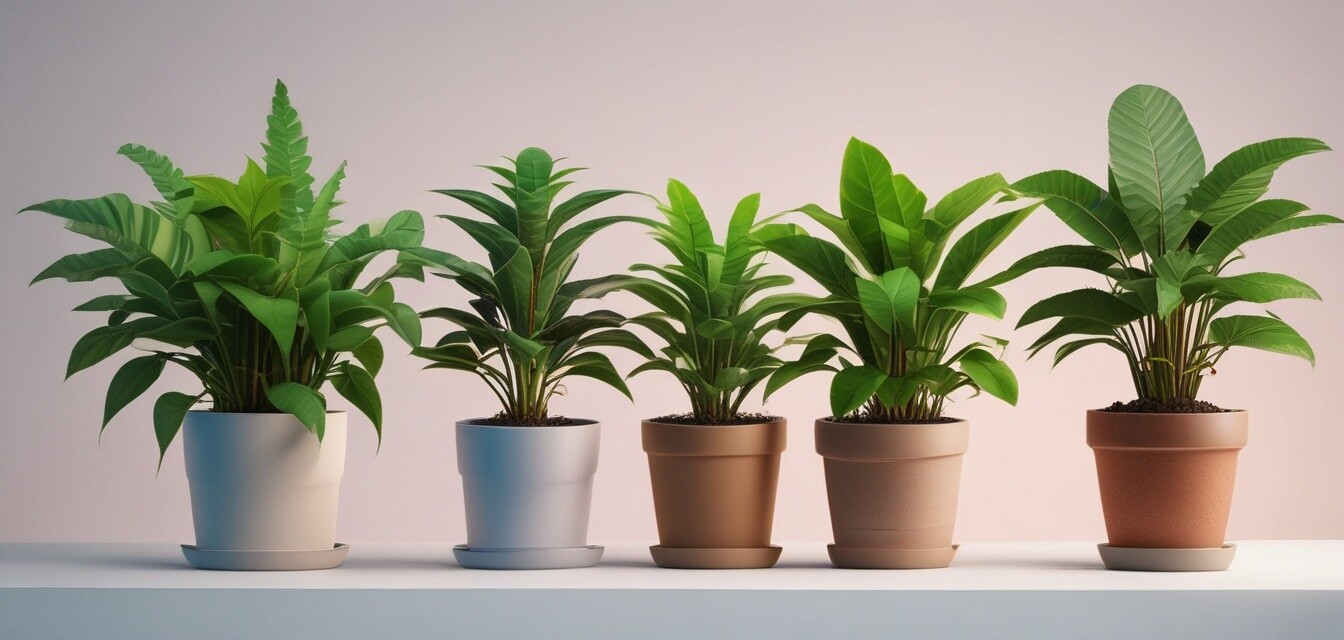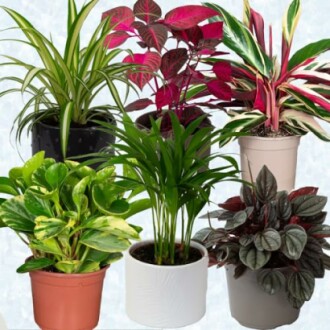
Best Tips for Pruning Houseplants
Key Takeaways
- Prune regularly to promote healthy growth.
- Use clean and sharp tools for effective pruning.
- Understand the specific needs of your houseplants.
- Practice pruning during the growing season for best results.
- Remove dead or yellow leaves and trim overgrown branches.
Pruning houseplants is an essential gardening skill that helps ensure your leafy companions remain healthy and lush. With the right techniques, you can not only improve the aesthetic of your plants but also promote a stronger and more productive growth cycle. This article will guide you through the effective pruning techniques tailored for houseplants that will encourage healthy growth and a desirable shape.
Why Is Pruning Important?
Pruning is crucial for several reasons:
- Encourages new growth: Cutting back old or faded foliage stimulates new growth.
- Removes dead or diseased sections: This helps prevent pests and diseases from spreading.
- Maintains shape: Pruning allows for better shaping and size control of houseplants.
- Improves airflow: It prevents overcrowding, ensuring that each leaf can receive adequate airflow and light.
Tools You Will Need
Having the right tools is essential for effective pruning. Below is a list of recommended tools:
- Pruning shears: Sharp, clean shears are vital for smooth cuts.
- Gardening gloves: Protect your hands from thorns and irritants.
- Rubbing alcohol: For disinfecting your tools before and after use.
- Measuring tape: To check the height and width if required.
Best Practices for Pruning Houseplants
When it comes to pruning your houseplants, keep the following best practices in mind:
| Practice | Description |
|---|---|
| Timing | Prune during the growing season (spring and summer) for optimal recovery. |
| Technique | Make clean cuts at a 45-degree angle just above a node or leaf. |
| Amount | Aim to remove no more than one-third of the plant at a time to minimize stress. |
| Growth habits | Consider whether your plant grows upright or trailing, as this affects pruning style. |
Common Houseplants and Their Pruning Needs
Different houseplants have different needs when it comes to pruning. Below is a helpful table compiling common houseplants and their specific pruning requirements:
| Plant Type | Pruning Frequency | Notes |
|---|---|---|
| Snake Plant | Once a year | Cut off dead leaves and tips, and avoid heavy pruning. |
| Pothos | Every few months | Trim back leggy growth to encourage bushiness. |
| Fiddle Leaf Fig | Seasonally | Remove lower leaves and maintain overall shape. |
| Spider Plant | Every few months | Remove brown tips and excess pups to keep it tidy. |
Featured Products to Enhance Your Balcony Garden
6 x Pet Friendly House Plants
A delightful mix of non-toxic houseplants safe for pets, perfect for enhancing your indoor garden ambiance.
Learn MoreAnother 6 x Pet Friendly House Plants
Brighten your home with this set of safe, low-maintenance plants ideal for households with furry companions.
See ProductAftercare Post-Pruning
Once you’ve pruned your plants, it’s important to take some aftercare steps to promote healing:
- Water your plants lightly after pruning to help the soil retain moisture.
- Keep the plants in a location with adequate light for recovery.
- Avoid fertilizing immediately after pruning; wait a few weeks.
Tips for Beginners
- Start small: Trim only a few branches or leaves at first to build your confidence.
- Observe your plants closely and note how they respond to pruning.
- Research specific species to learn their cutting preferences.
- Always clean your cutting tools to prevent disease transfer.
Conclusion
Pruning houseplants is more than just cutting away; it's a critical step in ensuring the health and beauty of your plants. By following these tips and techniques, you can enjoy a thriving indoor garden and maintain the overall aesthetic appeal of your home. Remember to research each specific plant's needs to achieve the best results. Happy gardening!
For further insights on enhancing your gardening skills and finding practical solutions for your balcony space, explore our Gardening Tips Category for more in-depth articles!

